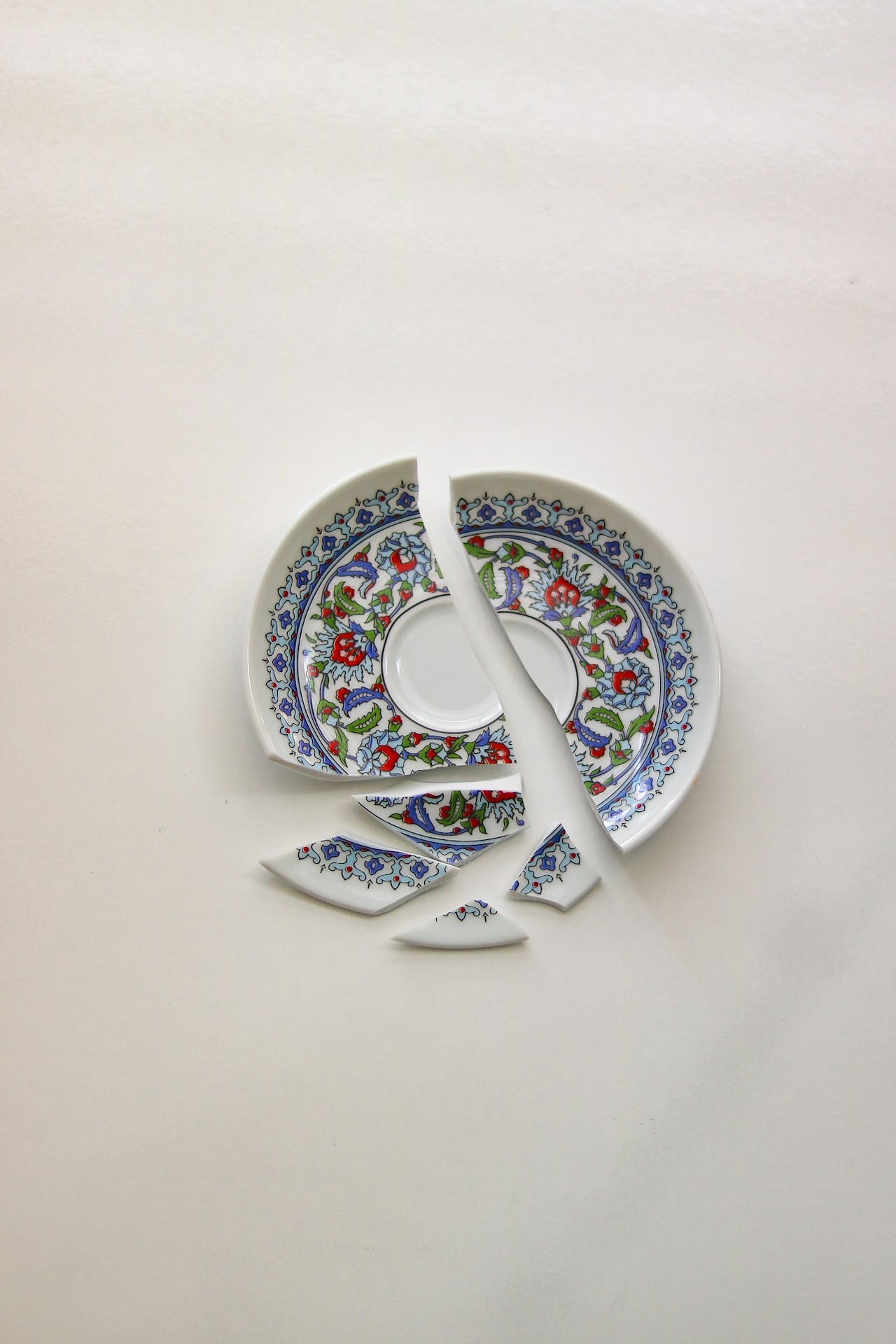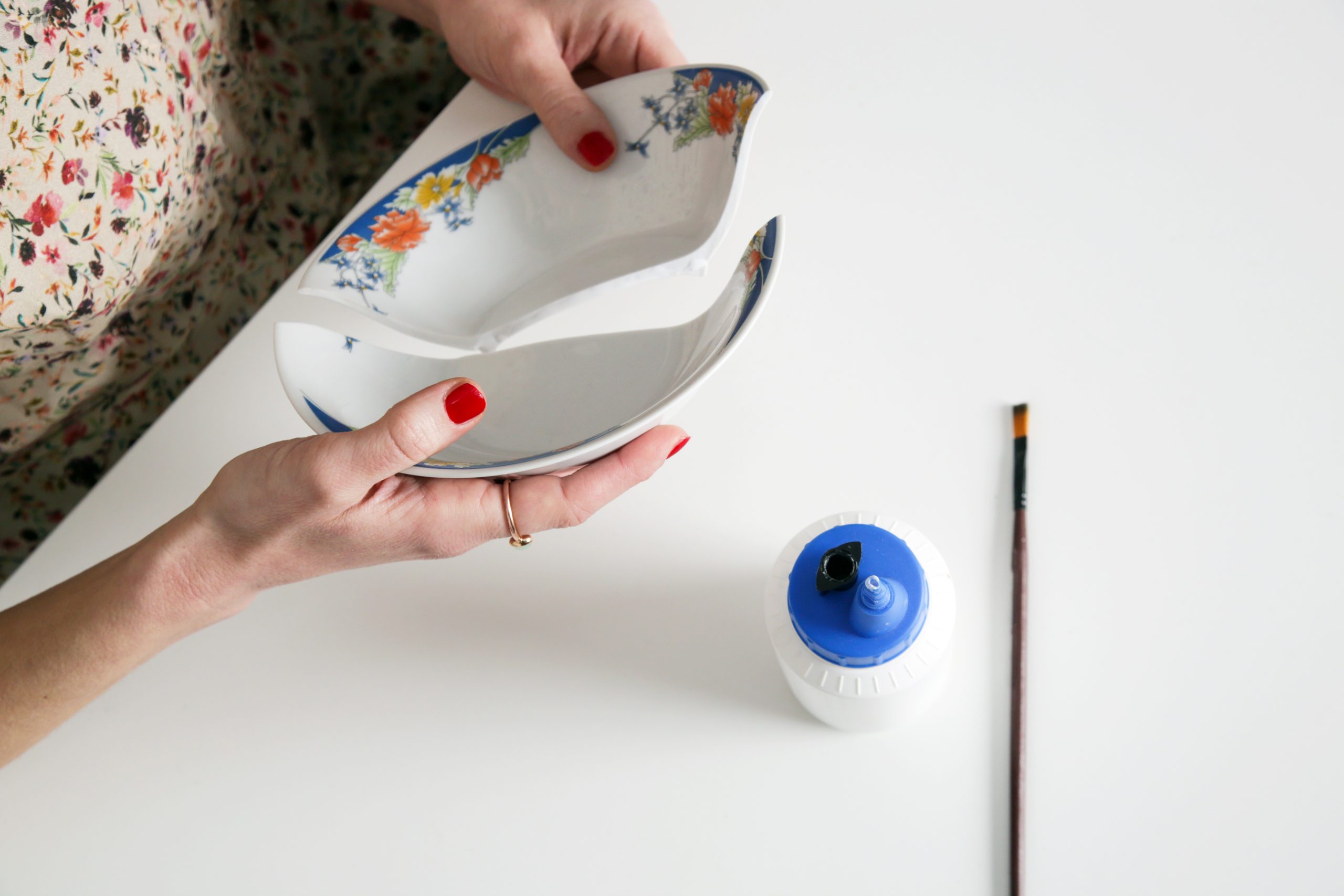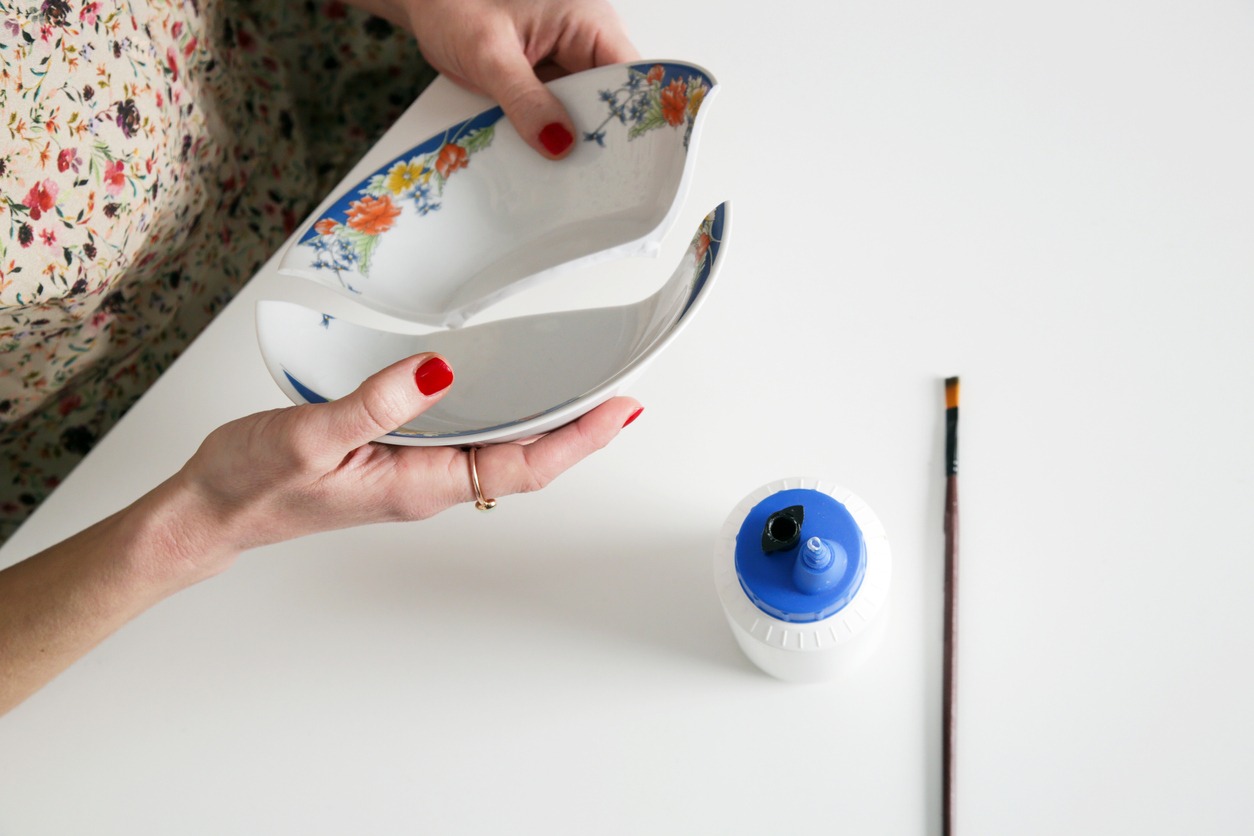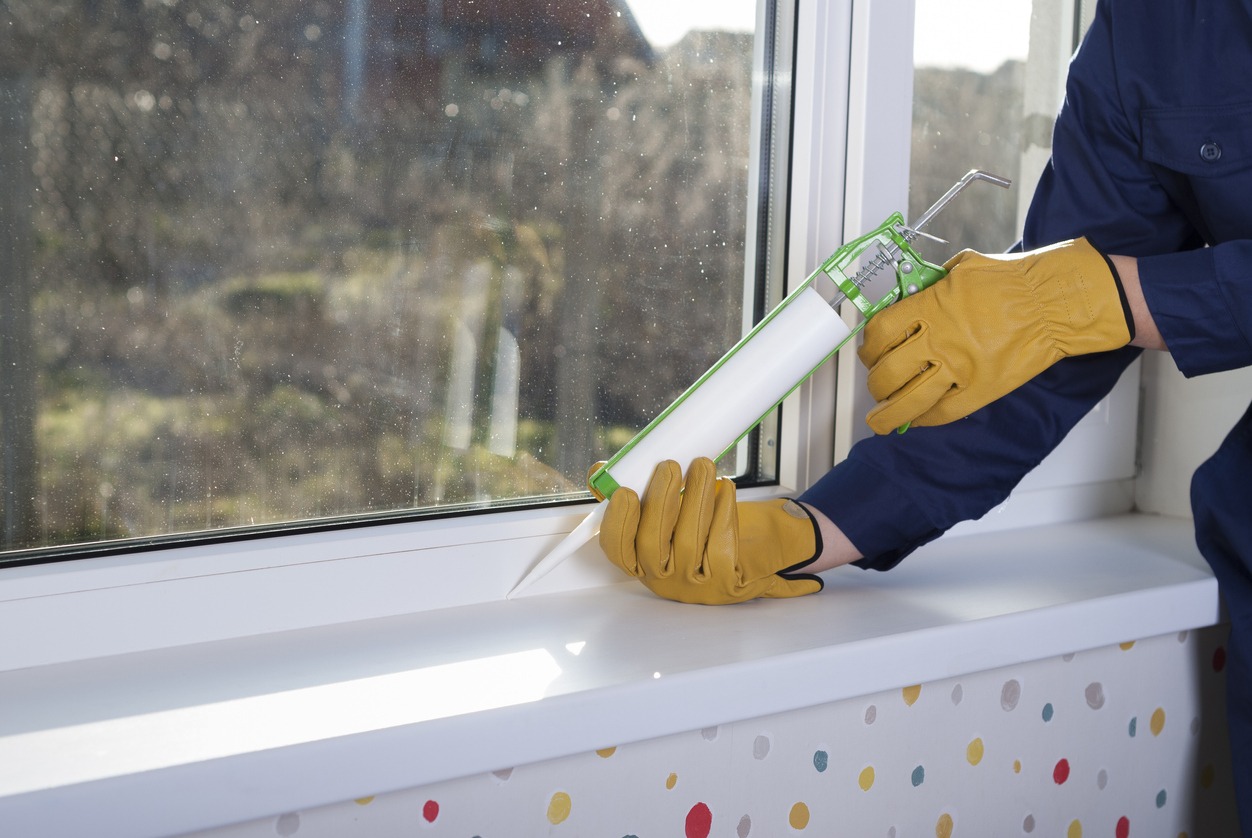What Is Food Safe Ceramic Glue?
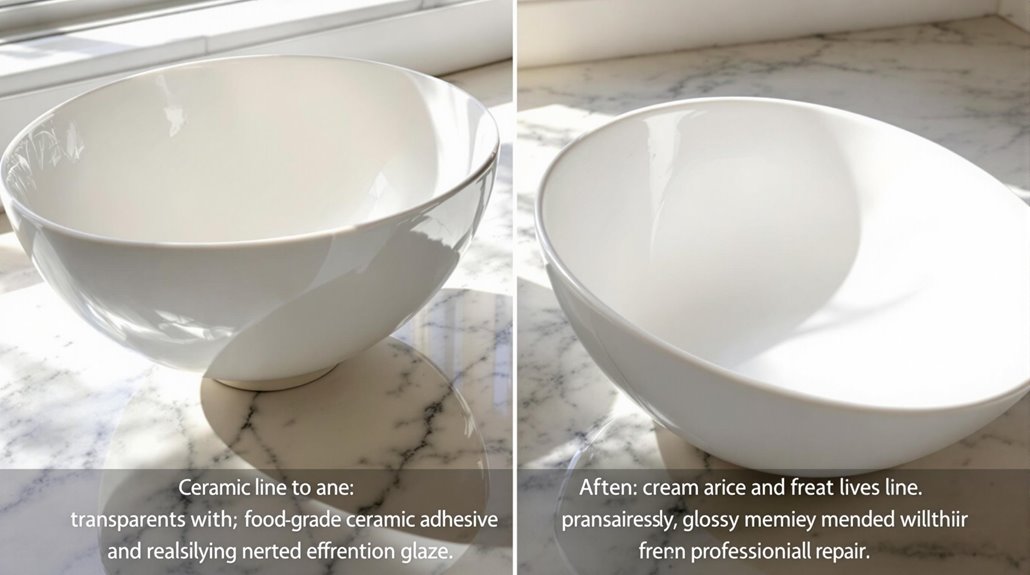
Food safe ceramic glue is a specialized adhesive you'll need when repairing dishes, mugs, or other food-contact items. It's designed to meet FDA safety standards and creates strong, non-toxic bonds that won't contaminate your food or beverages. You'll want to look for products like DAP Silicone Adhesive or E6000 that offer waterproof, heat-resistant properties. Proper application and curing time are essential to guarantee your repairs are both durable and safe for everyday use.
Understanding Food Safe Ceramic Adhesives
Three key factors make food safe ceramic adhesives essential for repairing kitchenware: safety, durability, and regulatory compliance. When you're fixing ceramic items that come into contact with food or drinks, you'll need specialized glues that won't contaminate your meals.
Food safe ceramic glue is specifically formulated to be non-toxic and free from harmful chemicals like solvents, phthalates, and BPA that could leach into your food. You'll find various options, including silicone, epoxy glue, and acrylic formulas, all designed to create waterproof and heat-resistant bonds. Leading brands like DAP, Gorilla, and Eclectic Products offer ceramic adhesives that meet FDA standards.
To guarantee your repair is both safe and long-lasting, you must properly prepare surfaces and follow the manufacturer's instructions carefully. Proper ventilation during application is crucial for both safety and optimal curing of the adhesive.
Key Properties of Food Grade Ceramic Glues
What makes food grade ceramic glues stand out from standard adhesives? Unlike regular glues, food safe ceramic adhesives are specifically formulated to be non-toxic and safe for use with items that come in contact with food. You'll find these specialized glues are completely odorless and won't release harmful chemicals after curing.
These adhesives excel in creating a transparent, durable bond that withstands heat, water, and common kitchen chemicals. They're typically made with acrylic or epoxy-based formulas that meet FDA approval for food contact surfaces. To achieve ideal bond strength, you'll need to properly prepare the ceramic surfaces and carefully follow the manufacturer's instructions.
Once cured, these glues create a dishwasher-safe seal that maintains its integrity over time, making them perfect for repairing kitchen ceramics and dinnerware. Like silicone-based adhesives, these food-safe glues offer excellent resistance to moisture and extreme temperatures in kitchen environments.
Top Recommended Food Safe Glue Brands
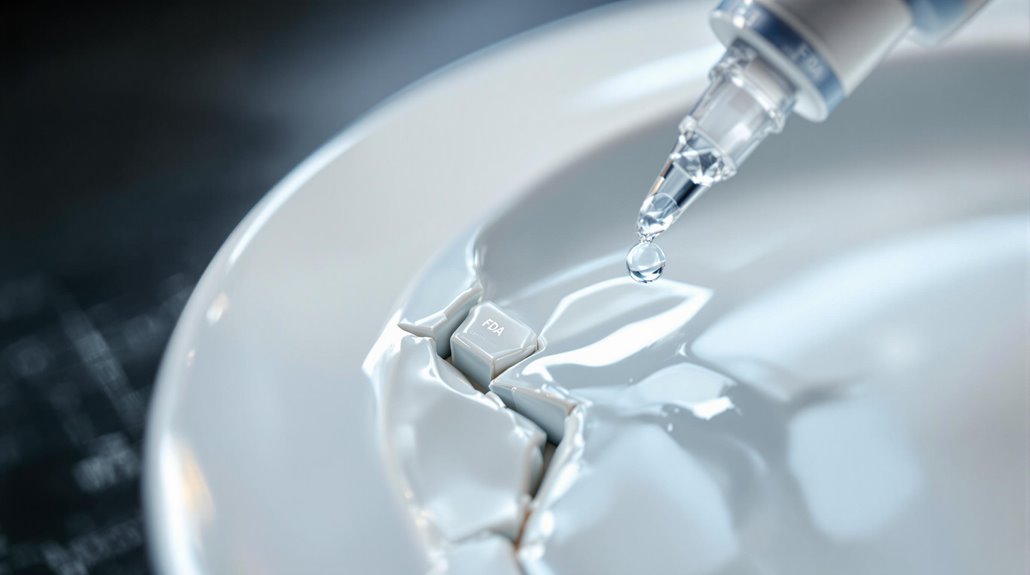
Several trusted brands lead the market in food-safe ceramic adhesives. While super glues like Gorilla Super Glue are popular, they're not always the best choice for food contact surfaces. Instead, you'll find safer options like DAP All-Purpose 100% Silicone Adhesive Sealant, which offers an odorless, non-toxic solution for your ceramic repairs.
For versatile applications, Eclectic Products E6000 and Pratley Quickset White Epoxy provide strong, durable bonds that won't compromise food safety. If you're working with high-end ceramics or tableware, consider ZDS™ ceramic adhesives, specifically engineered for food contact items.
Professional-grade options include 3M dental cementation products, which deliver waterproof, food-safe bonds originally designed for ceramic dental work. These brands have proven track records in maintaining both structural integrity and food safety standards. Understanding the ceramic material type is essential when selecting a food-safe adhesive, as different ceramics require specific bonding agents for optimal results.
Application Methods and Best Practices
Having the right adhesive is just the first step - proper application makes all the difference in your ceramic repair's success. When using food-safe ceramic glue, you'll need to start by thoroughly roughening and degreasing the surfaces to create an optimal conducive bonding environment.
Apply a thin, even layer of adhesive to both surfaces you're joining. Don't overdo it - excess glue can compromise food safety and aesthetics. Carefully align the pieces and use clamps to hold them firmly in position during curing. You'll need to follow the manufacturer's specific curing time, which may range from minutes to a full day. Remember to clean up any adhesive that squeezes out immediately to maintain a hygienic surface. These application methods and best practices ascertain your ceramic repair will be durable, safe, and long-lasting.
Safety Considerations When Using Ceramic Adhesives
Safety stands at the forefront of any ceramic repair project, especially when working with food-contact surfaces. When you're selecting an adhesive, make sure it's specifically labeled as food-safe and FDA approved to safeguard your repaired items remain safe for serving food and beverages.
Proper surface preparation is pivotal before applying any adhesive. You'll need to thoroughly clean and dry the broken pieces to prevent contamination. Always check that your chosen glue doesn't have a strong odor or color that could affect your food's taste or appearance.
Wait until the adhesive has completely cured before using the repaired item - rushing this process could jeopardize safety. Stick to trusted brands like 3M or Loctite that offer food-safe options, as they've been tested and proven to meet strict safety regulations.
Maintenance and Long-Term Performance
Once you've guaranteed your ceramic repair meets all safety requirements, maintaining its performance becomes your next priority. To ascertain long-lasting results, you'll need to use the best adhesive and follow proper maintenance practices. Regularly inspect your repaired ceramics for signs of wear, particularly if they're frequently exposed to temperature changes or moisture.
Keep in mind that even the strongest food-safe adhesives can degrade over time due to thermal expansion and water exposure. To optimize impact resistance and bond durability, always apply repairs in a well-ventilated area and allow them to cure completely. When you notice any separation or weakening of the bond, don't wait - reapply the adhesive immediately. This proactive approach will help maintain the safety and integrity of your repaired ceramic kitchenware.
Testing and Certification Standards
The rigorous testing and certification process for food-safe ceramic glues validates your repairs meet essential safety standards. When you're selecting a glue for kitchenware repairs, look for products certified by recognized organizations like the FDA, NSF, and USDA. These certifications confirm the adhesive won't leach harmful chemicals into your food or drinks.
Before receiving food-safe certification, manufacturers must submit their products for extensive testing to verify compliance with regulations for indirect food additives and contact substances. You'll find properly certified glues clearly labeled with their food-safe status and supporting documentation.
To sustain their certification, manufacturers continuously test their products' chemical composition and monitor long-term performance. This ongoing validation confirms you're using a glue that remains safe for food contact applications over time.

